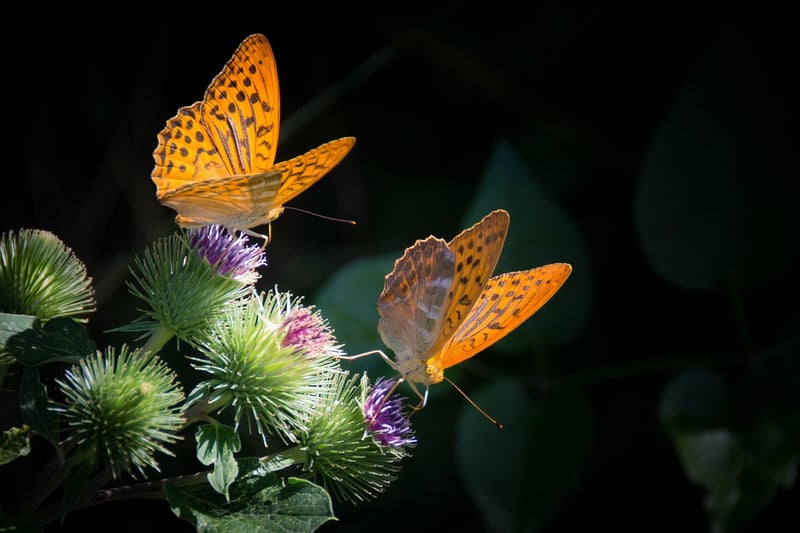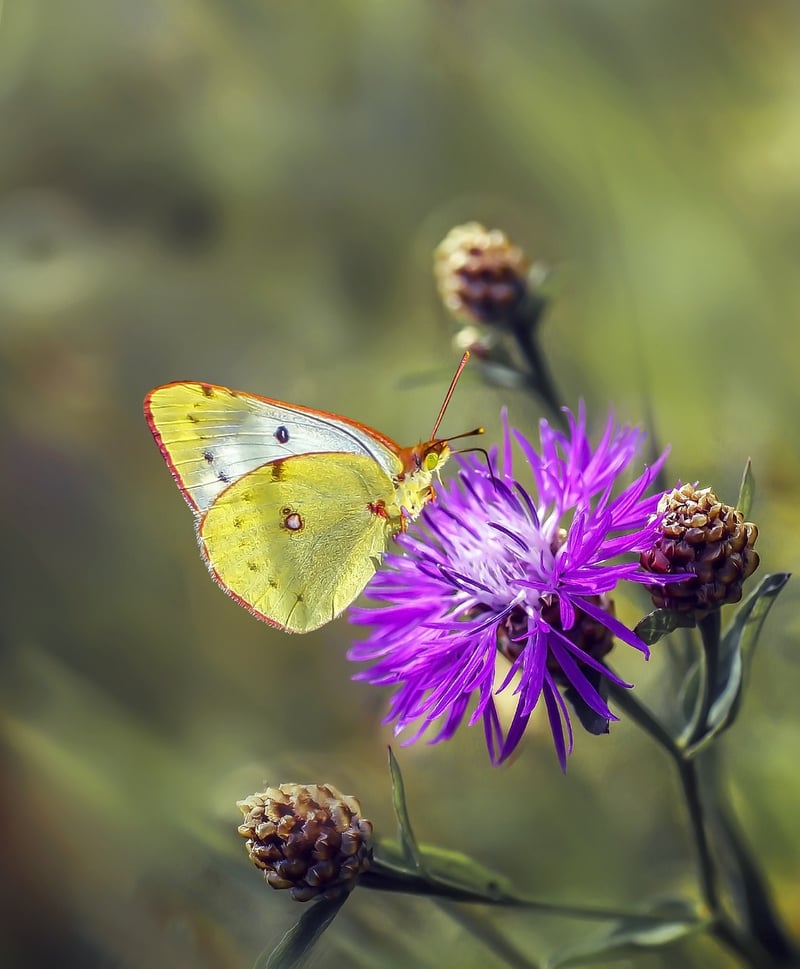Butterfly Effect
Avoiding Time Crises: Understanding the Butterfly Effect
Time management is crucial in our fast-paced world where every decision we make can have a significant impact on our future. By understanding the concept of the Butterfly Effect, we can better navigate through life's complexities and avoid potential time crises.
What is the Butterfly Effect?
The Butterfly Effect is a theory that suggests that a small change or action in one place can have much larger consequences somewhere else. This concept, derived from chaos theory, highlights the interconnectedness of events and the idea that even the smallest actions can lead to significant outcomes.
How Does it Relate to Time Management?
When it comes to time management, the Butterfly Effect reminds us that even minor decisions or actions we take in our daily lives can have a ripple effect on our schedule, productivity, and overall success. For example, hitting the snooze button in the morning may seem insignificant, but it can set off a chain reaction of delays and missed opportunities throughout the day.
Tips for Avoiding Time Crises:
- Plan Ahead: Create a daily schedule or to-do list to prioritize tasks and allocate time efficiently.
- Avoid Procrastination: Tackle challenging tasks first and break larger projects into smaller, manageable steps.
- Limit Distractions: Minimize interruptions by turning off notifications and creating a designated workspace.
- Learn to Say No: Be mindful of overcommitting and prioritize tasks that align with your goals and values.
Embracing the Butterfly Effect
By embracing the Butterfly Effect in our approach to time management, we can cultivate mindfulness, intentionality, and awareness of the impact of our choices. Small changes in our daily routines and habits can lead to more significant improvements in our productivity and overall well-being.
Remember, every moment counts, and by being conscious of the Butterfly Effect, we can steer clear of time crises and create a more balanced and fulfilling life.

Image Source: Pixabay
